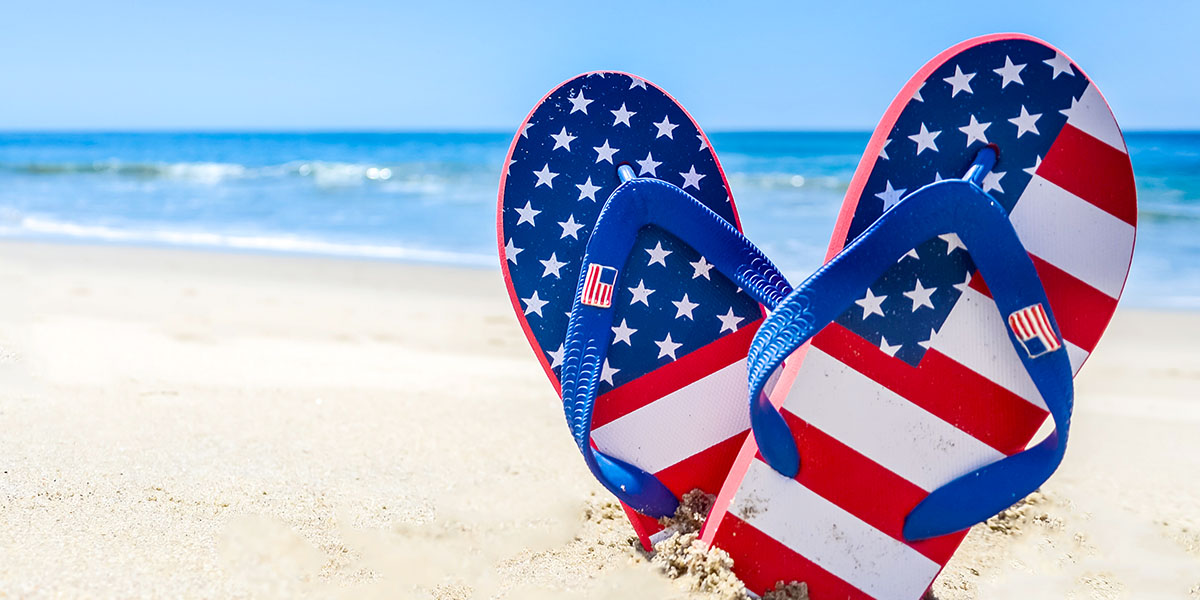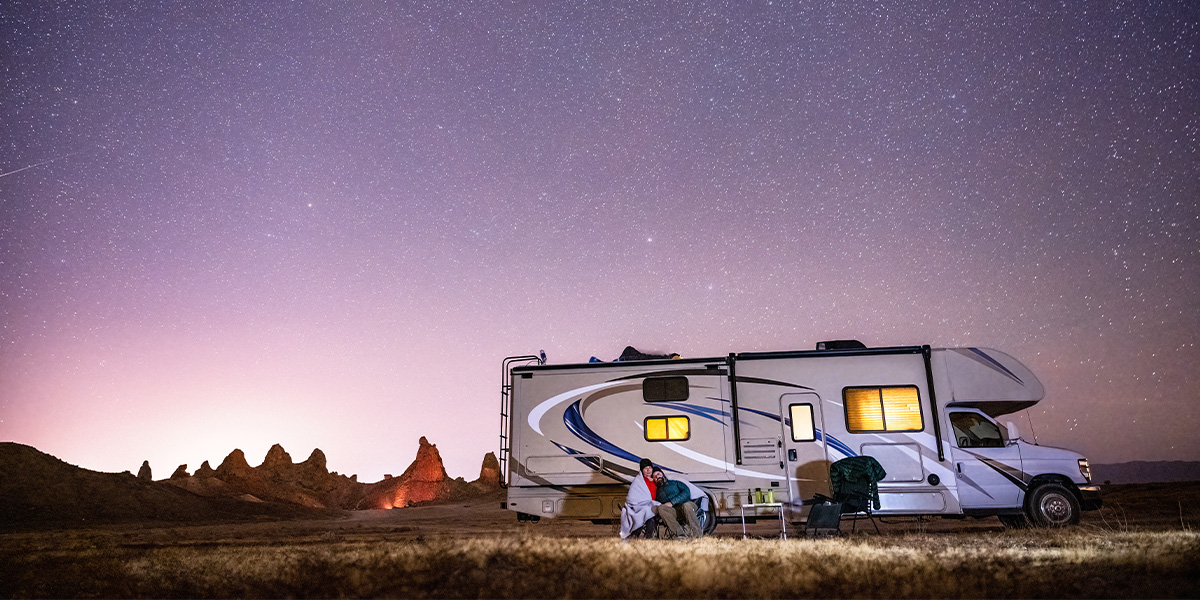Travel over the Labor Day weekend looks to be busy if the survey by the RV Industry Association is correct. In their newly released Fall Travel Intention Survey, the RVIA reports that some 7.4 million Americans are going to be spending part of the Labor Day weekend traveling by RV, which is an increase over last year. Why?
Travel, Your Way
“RV travel continues to offer comfort, affordability, and a direct connection to the outdoors that makes it stand out as the premier way to experience autumn across America,” said Monika Geraci, RV Industry Association spokesperson. “From scenic road trips to national and state park adventures, and from beach getaways to leaf-peeping in the Northeast, RVers can enjoy so many ways to explore just beyond their door.”
Survey Says…
Road Trip With the Whole Family: These road trippers are expected to travel about 4–7 hours from their home base with 74 percent stating that they’ll be bringing pets along for the adventure.
It’s All About the Journey: For respondents, the top “destination” is the road trip itself; of course, many proposed itineraries also include national and state parks, coastal destinations and festivals, fairs, concerts, and theme parks.
Word of Mouth, or Word of Machine? Almost a third of the respondents indicated that they were using artificial intelligence-based tools to help with the planning of their getaway. Also in play are trip-planning websites, social media, and app-based services.
Shifting RV Trends
In addition to travel destinations and intentions, the survey also revealed broader attitudes towards RV travel.
- The Affordable Option: 60 percent of respondents cited affordability of RV travel as a top reason they plan to take an RV trip this fall. Enjoying the RV lifestyle and escaping the “busyness of life” rounded out the top three reasons given.
- Stable Costs: 47 percent of RVers cite economic uncertainty as a reason to travel by RV this fall, up from 33 percent this summer.
- Younger Buyers: Millennials and Gen Z show the greatest year-over-year increase in RV purchase interest (up 16% year-over-year).
- Shorter Trips: Most RVers plan to stay within a 4–7 hour drive from home.
- Remote Work: More RVers than this time last year are planning to work remotely while RVing this fall.


